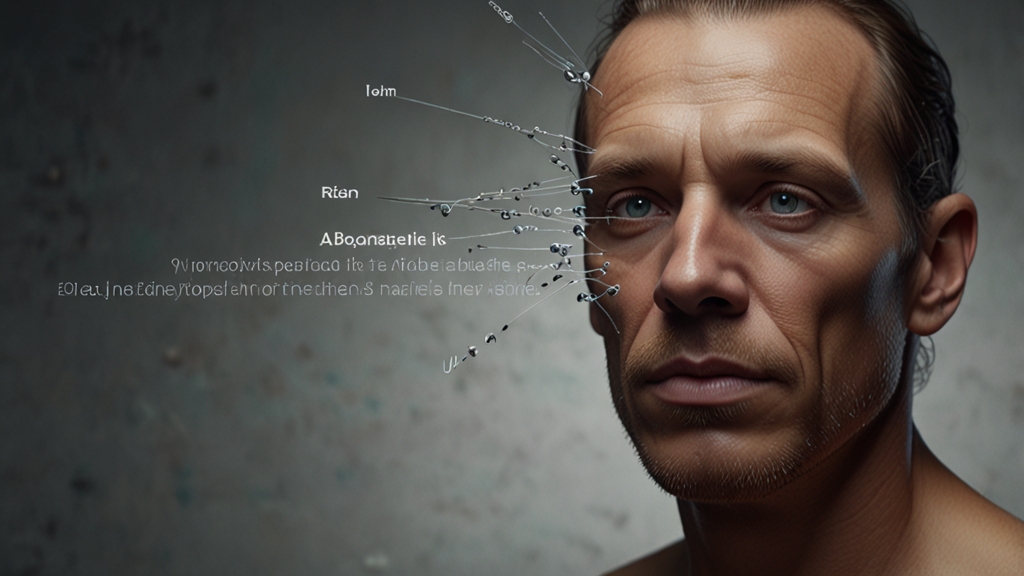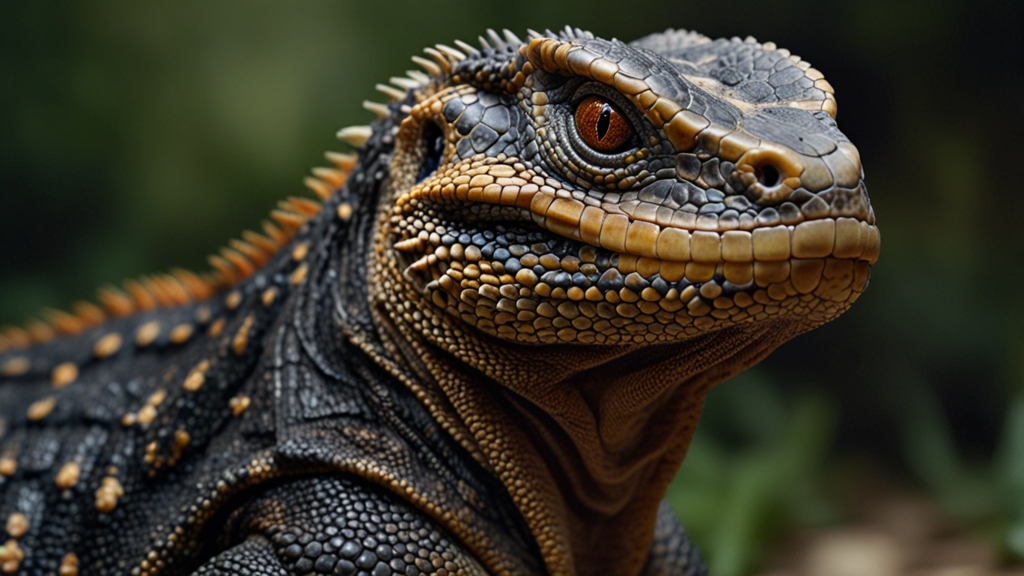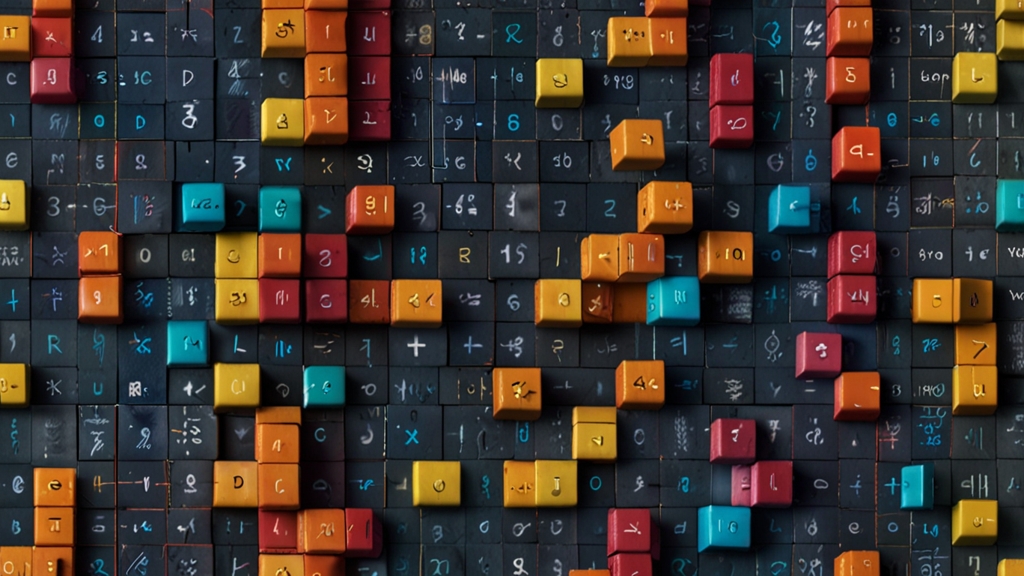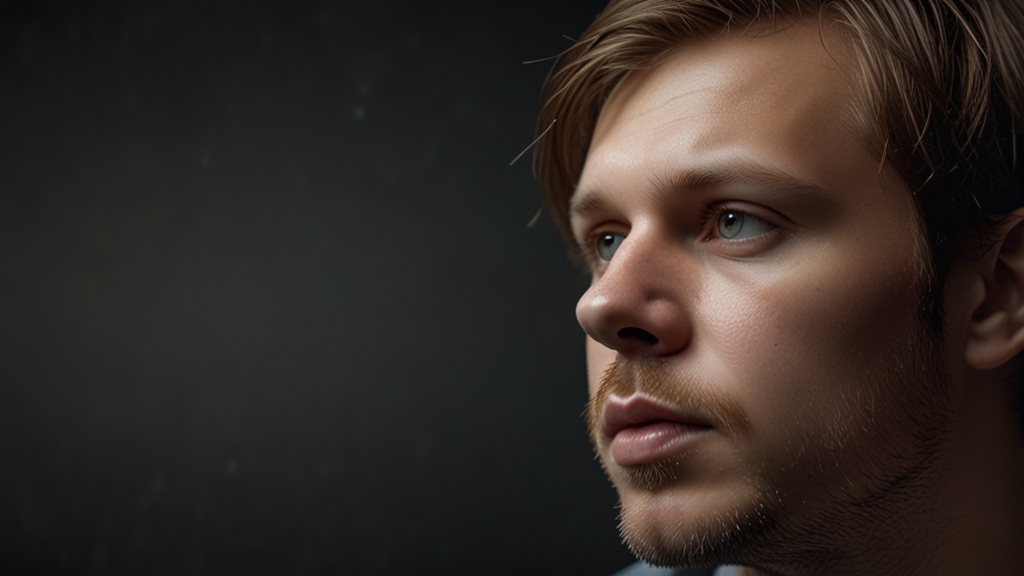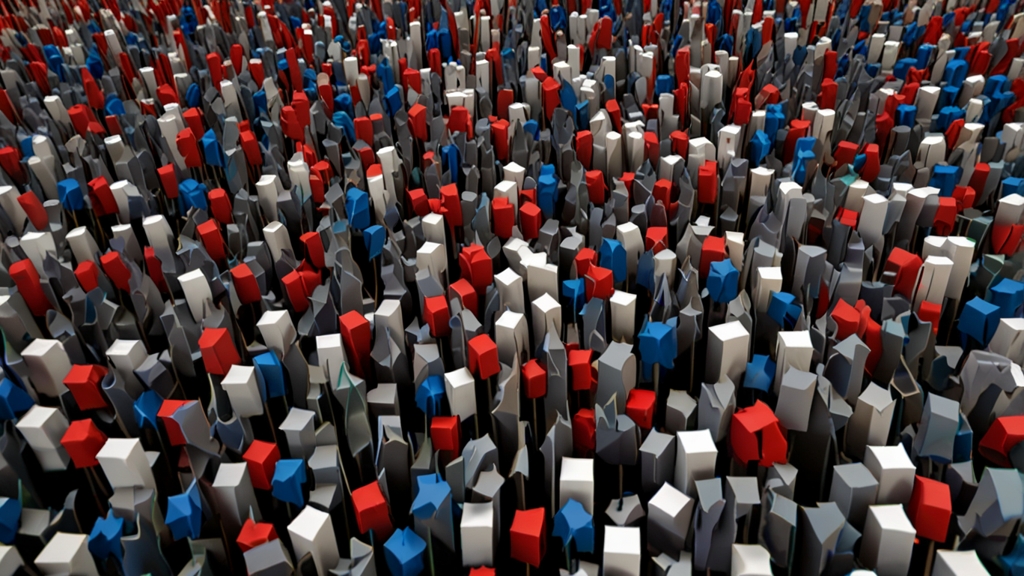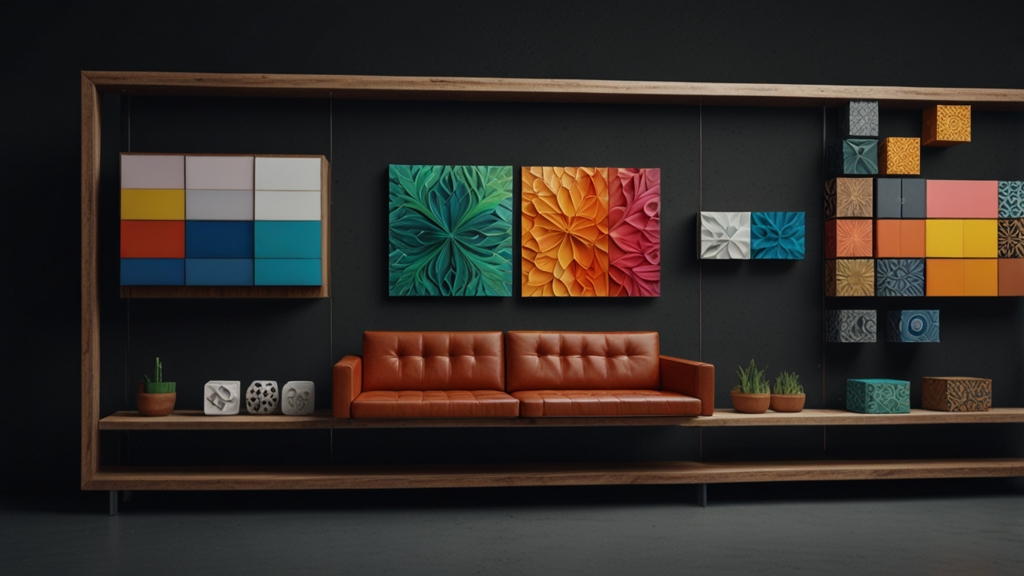Cold War Art: How Creativity Flourished Amidst Tension
The Cold War era, spanning roughly from the late 1940s to the early 1990s, was a period of intense political and military rivalry between the United States and the Soviet Union. While the era is often characterized by espionage, nuclear arms races, and ideological battles, it also gave rise to a remarkable cultural phenomenon: Cold War art. This period saw an outpouring of creativity that reflected the anxieties, hopes, and ideological struggles of the time.
The Influence of Ideological Clashes
The clash between capitalism and communism was not just confined to political and military arenas; it permeated every aspect of life, including art. In both the United States and the Soviet Union, artists were used as cultural ambassadors. They were expected to create works that would project the strengths and virtues of their respective ideologies to the world. However, many artists managed to use this platform to push the boundaries of creativity, often in subversive and unexpected ways.
"Art is the lie that enables us to realize the truth." - Pablo Picasso
Abstract Expressionism: America’s Cultural Weapon
Abstract Expressionism emerged in the United States during the late 1940s and 1950s, becoming a symbol of artistic freedom and individualism. Artists like Jackson Pollock, Mark Rothko, and Willem de Kooning were pioneers of this movement. The U.S. government even recognized the potential of Abstract Expressionism as a tool of soft power; through organizations like the CIA-backed Congress for Cultural Freedom, abstract art was promoted as an emblem of the freedom of thought and expression that was purportedly inherent in the American way of life.
Abstract Expressionism contrasted sharply with the socialist realism that was dominant in the Soviet Union. Whereas socialist realism aimed to depict idealized, often propagandistic images of Soviet life, abstract art foregrounded the individual psyche and emotional expression. This distinction positioned Western art as synonymous with freedom and innovation, against the perceived rigidity and conformity of the Eastern bloc.
Soviet Art and Subversion
Contrary to popular belief, the Soviet art scene was not entirely monolithic. While socialist realism was state-mandated, the Khrushchev Thaw in the late 1950s and early 1960s allowed for some degree of artistic experimentation and loosening of state control. This period witnessed the emergence of "unofficial" art movements such as the Soviet Nonconformists and Sots Art (a form of conceptual art that parodied communist propaganda).
Artists like Ilya Kabakov and Erik Bulatov used their work to subtly criticize and undermine the utopian narratives propagated by the Soviet regime. Despite the constraints and risks, these artists managed to carve out spaces for genuine self-expression and dialogue.
"You can't make art by tearing something up by the roots. To get real art, you have to build on true values and true feelings." - Robert Capa
Art as Protest and Resistance
One of the most potent forms of Cold War art came in the form of protest and resistance. In Eastern Europe—particularly in countries like Poland, Czechoslovakia, and Hungary—artists used their work to challenge authoritarian governments and inspire social change. Theatre, film, literature, and visual arts all became vehicles for voicing dissent.
In the West, the counterculture movement of the 1960s and 1970s saw artists tackling issues such as civil rights, the Vietnam War, and nuclear disarmament. From posters and performance art to music and graffiti, the counterculture wielded art as a form of political expression and activism.
East Meets West: Cultural Exchanges
Despite the iron curtain, there were moments of cultural exchange that allowed for the cross-pollination of ideas between East and West. Art exhibitions, literary conferences, and music festivals provided rare opportunities for artists from both sides to interact. These exchanges often opened up new avenues for collaboration and mutual influence, enriching the artistic landscapes of both blocs.
Enduring Legacy
The Cold War formally ended in the early 1990s, but the artistic movements it spurred continue to influence contemporary art. Today, the period is studied not only for its geopolitical significance but also for its rich cultural contributions. The art of the Cold War serves as a testament to the resilience and creativity of the human spirit, capable of flourishing even amidst the most challenging circumstances.
"The purpose of art is washing the dust of daily life off our souls." - Pablo Picasso
In retrospect, Cold War art was much more than a byproduct of ideological warfare; it was a dynamic and multifaceted phenomenon that tapped into the complexities of human existence. As we continue to grapple with new forms of global tension and conflict, the creative legacy of the Cold War offers valuable lessons on the power of art to illuminate, confront, and inspire.


